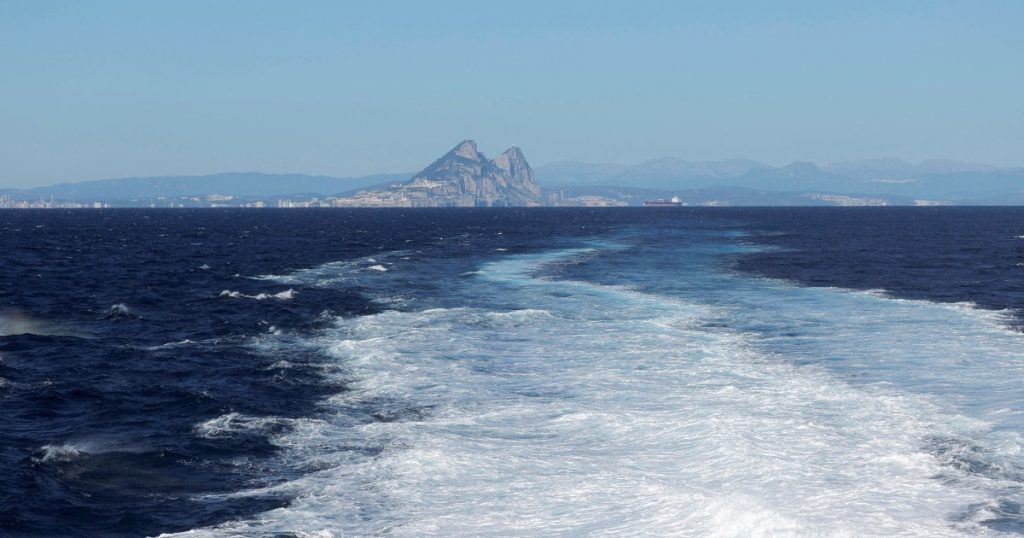An unknown number of orcas have engaged in a new attack in the Strait of Gibraltar, sinking a sailing yacht after ramming it in Moroccan waters. The Alboran Cognac, a 15-meter yacht carrying two people, encountered the highly social apex predators known as killer whales on a Sunday morning. The passengers reported sudden blows to the hull and rudder before water started seeping into the ship. A nearby oil tanker rescued the passengers and transported them to Gibraltar, but the yacht was left adrift and eventually sank. This incident is part of a recurring trend of orca rammings in the region, involving a subpopulation of about 15 individuals known as “Gladis.”
The research group GTOA, which tracks populations of the Iberian orca sub-species, has documented nearly 700 interactions since orca attacks on ships were first reported in May 2020. Researchers are uncertain about the exact causes for this behavior, with leading theories suggesting it could be a playful manifestation of the mammals’ curiosity, a social fad, or intentional targeting of perceived competitors for their favorite prey, the local bluefin tuna. Despite their common name as killer whales, endangered orcas are actually part of the dolphin family and can grow up to eight meters in length and weigh up to six tonnes as adults.
The Gibraltar Strait, separating Europe from Africa and the Atlantic coast of Portugal and northwestern Spain, has been a hotspot for these unusual orca attacks on ships. The vessels encountering these orcas have faced damage to their hulls and rudders, leading to potential sinking situations. There is ongoing concern about the safety of sailors and vessels in these waters due to the unpredictable behavior of these orcas. The specific motivations behind these repeated rammings remain a mystery to experts studying these animals.
The orcas involved in these attacks are believed to belong to the subpopulation designated as “Gladis,” which is part of the Iberian orca sub-species. These incidents highlight the complex interactions between human activities and marine wildlife in the region. The impact of these attacks extends beyond property damage to potentially endangering the lives of those aboard the targeted vessels. The escalation of these interactions raises questions about how best to manage and mitigate these risks for both us humans and the remarkable orcas that call these waters their home.
Efforts to understand and address these orca attacks are ongoing, with researchers working to uncover the underlying reasons for this behavior. As an apex predator in the marine ecosystem, orcas play a crucial role in maintaining the balance of marine life. Strategies to minimize the risks posed by these attacks may involve raising awareness among sailors and implementing measures to avoid potential encounters with these orcas. Solutions may also require collaboration between researchers, conservationists, and maritime authorities to develop effective strategies for coexisting safely with these powerful marine creatures.
The evolving nature of these orca attacks highlights the need for continued monitoring and research to better understand these apex predators’ behavior. By gaining insights into the motivations behind these unusual rammings, scientists and authorities can work towards implementing sustainable solutions that ensure the safety of both humans and orcas in the region. As these interactions between ships and orcas continue to occur, finding ways to peacefully coexist with these magnificent marine animals becomes increasingly important for the long-term well-being of both ecosystems and communities in the region.


